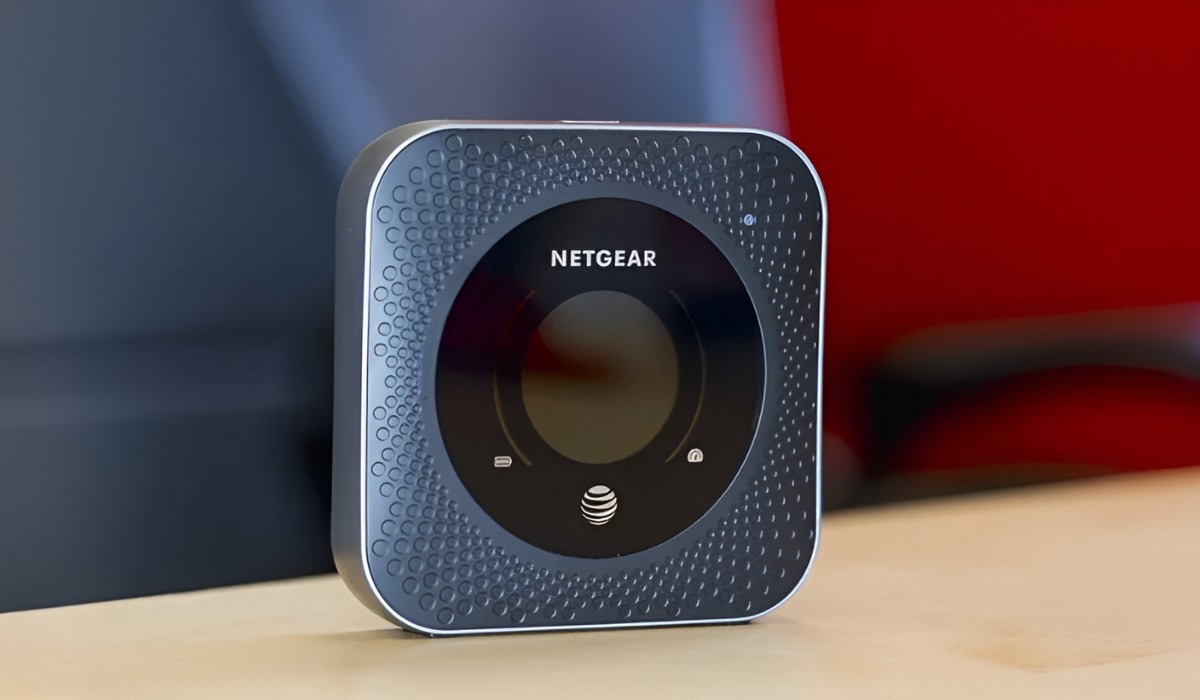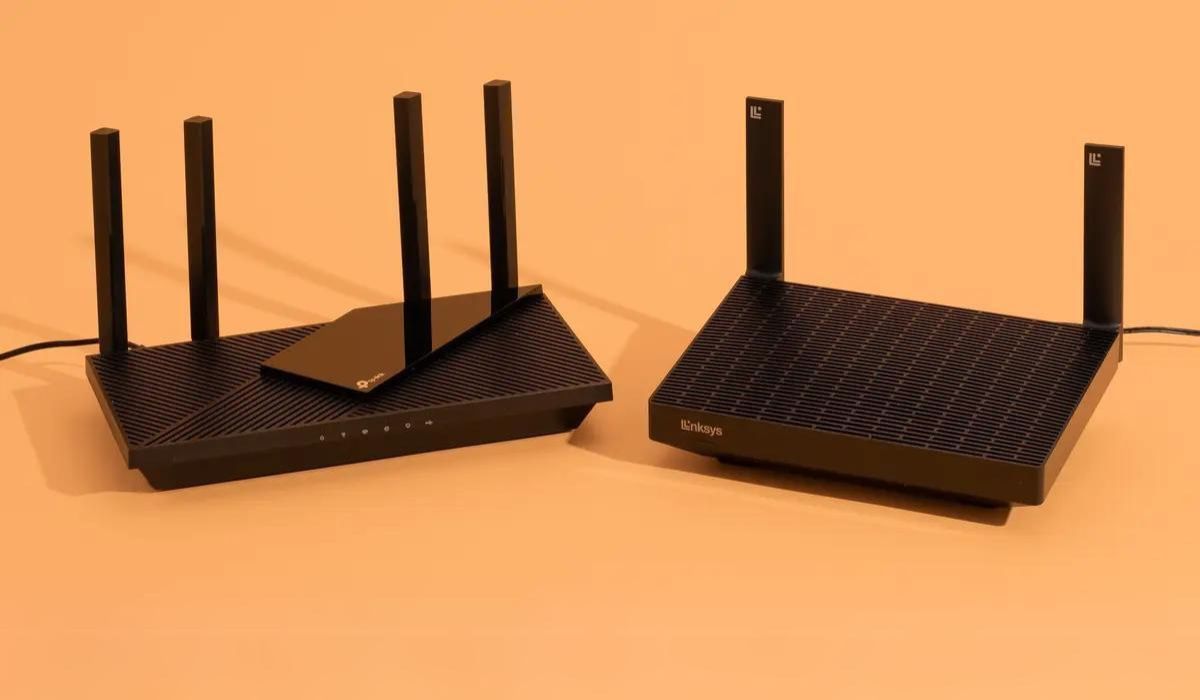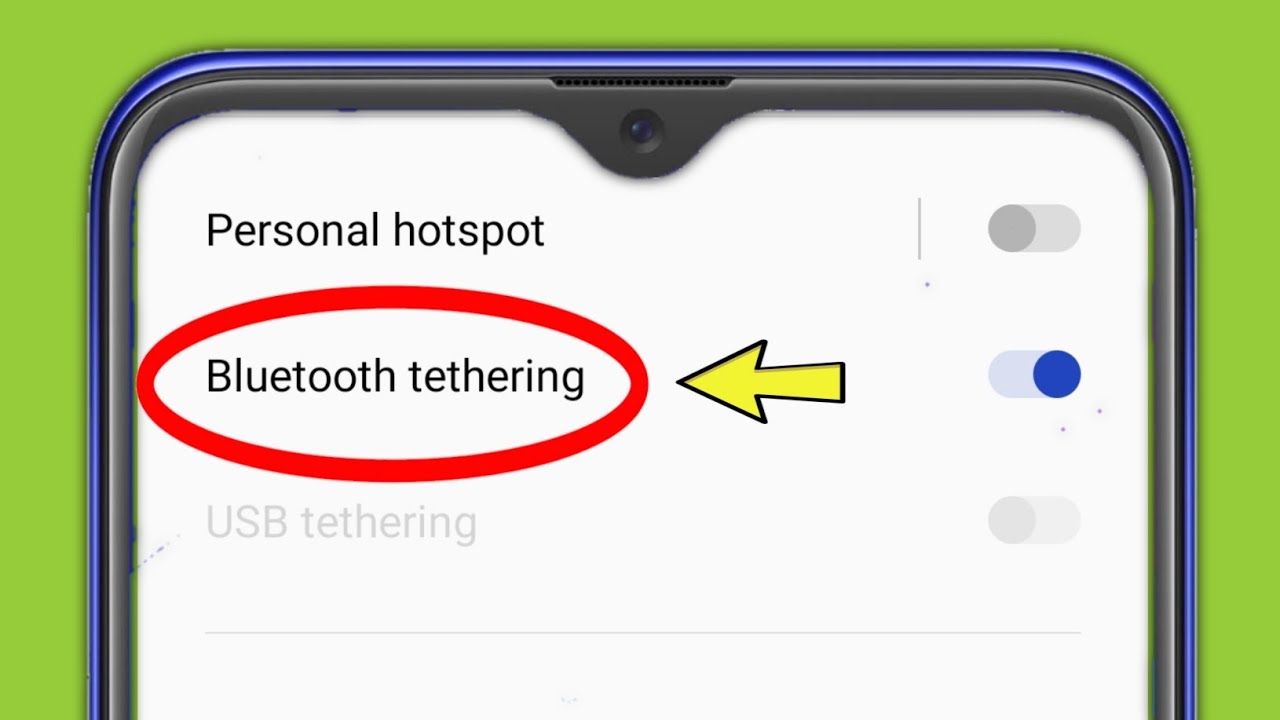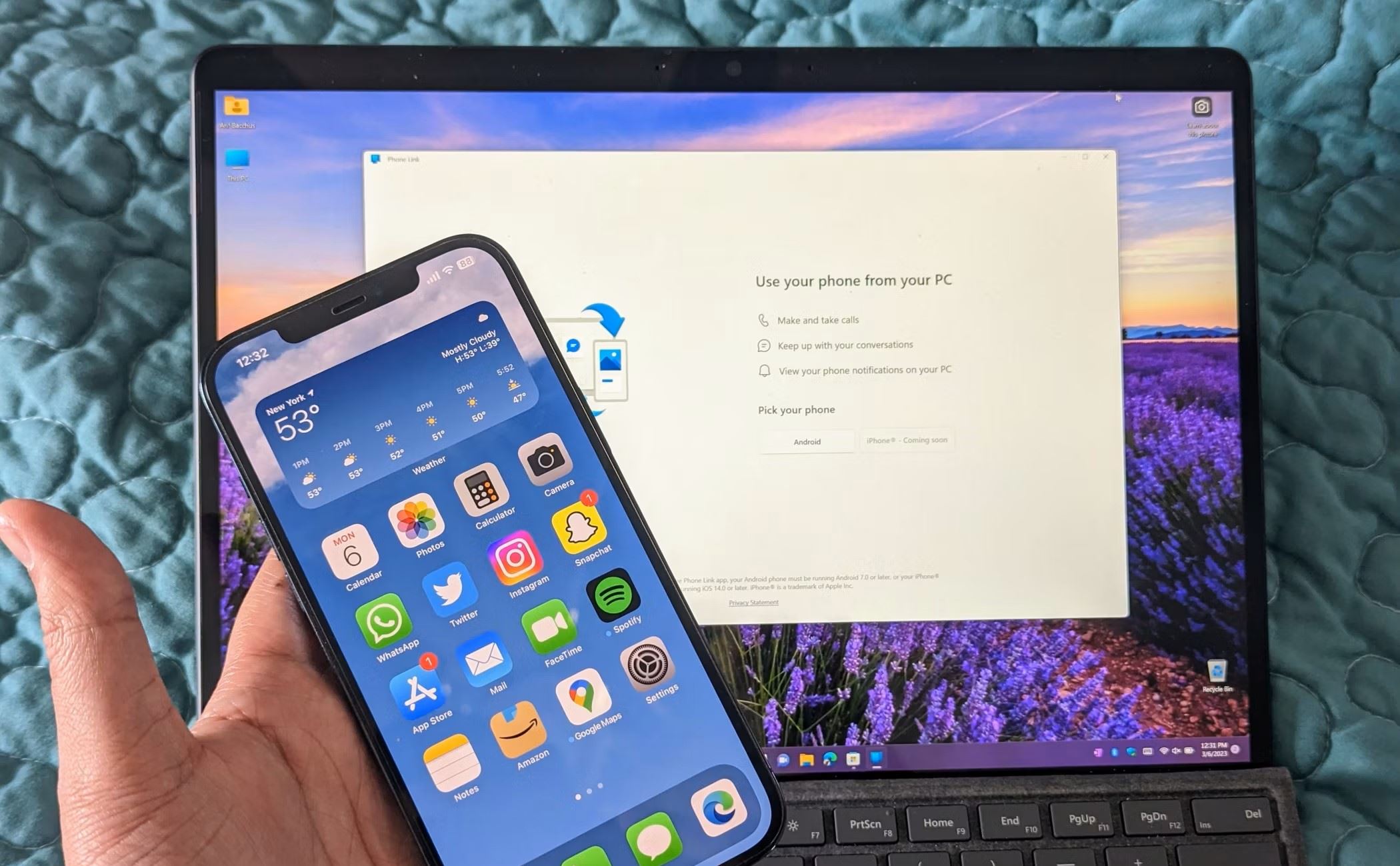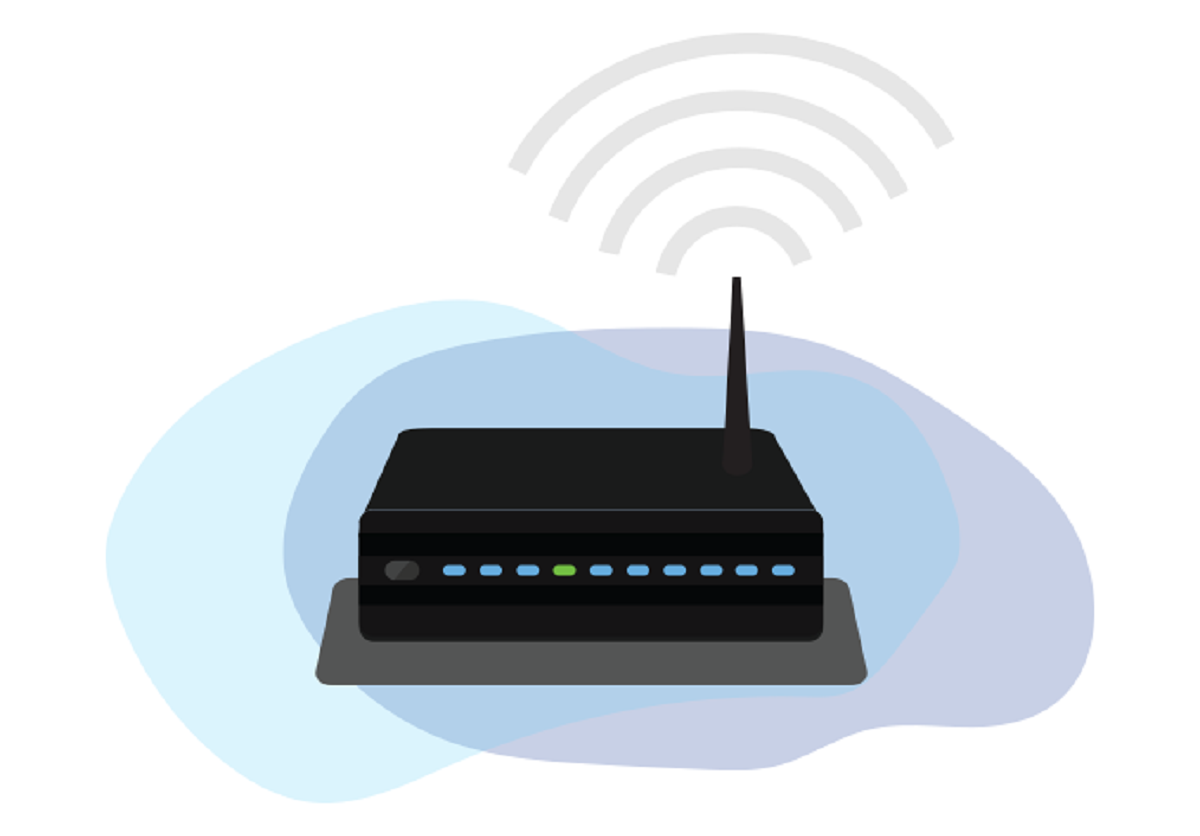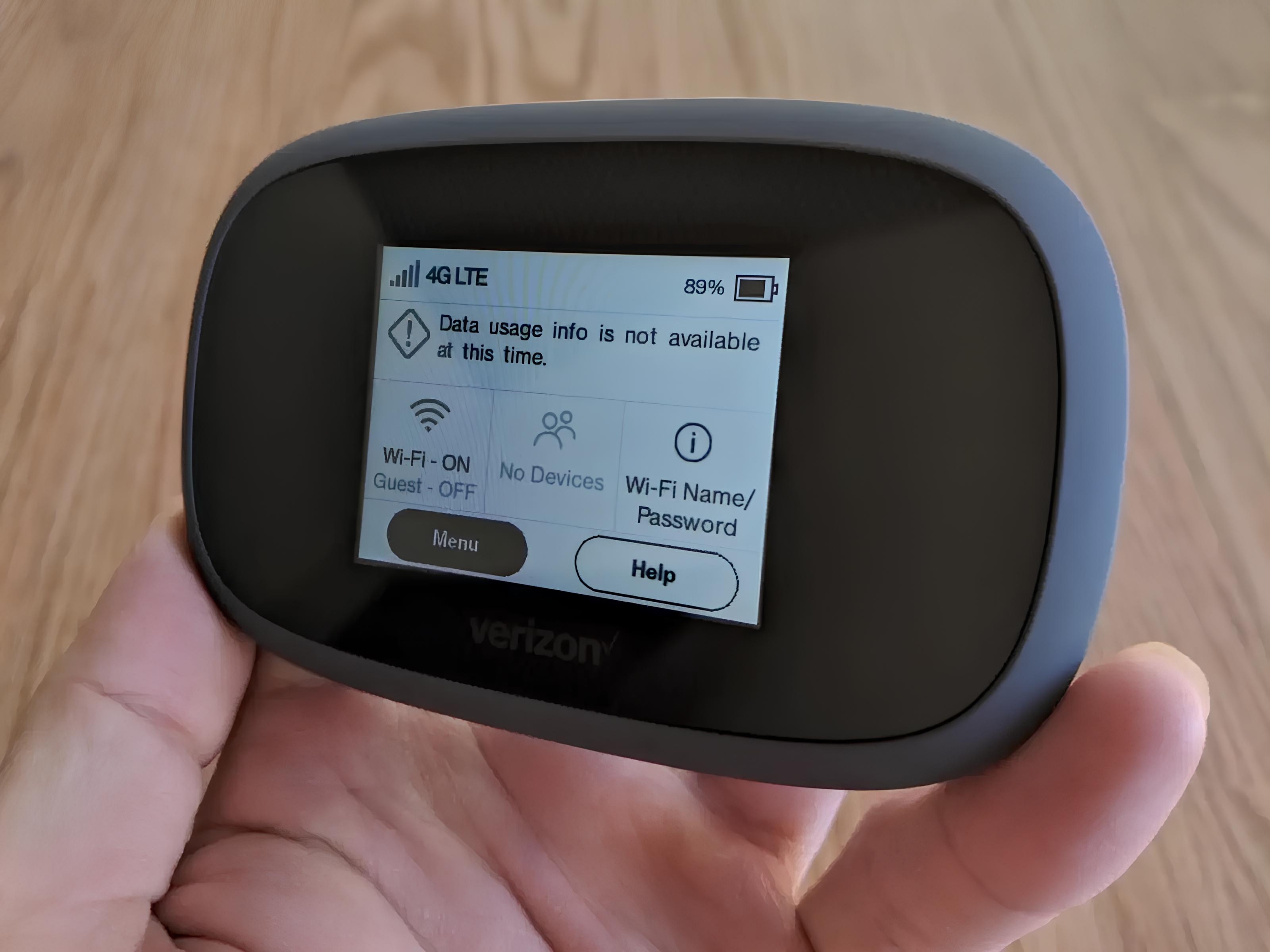What is a Wireless Internet Hotspot?
A wireless internet hotspot is a location that offers wireless internet access to users through Wi-Fi technology. It allows individuals to connect their devices, such as smartphones, laptops, and tablets, to the internet without the need for physical cables. Hotspots are commonly found in public places like cafes, airports, hotels, and libraries, enabling people to stay connected while on the go.
Wireless internet hotspots are created using a wireless access point, which is a device that transmits and receives data over a wireless local area network (WLAN). These access points are connected to a wired network and serve as a bridge between the wired and wireless devices, facilitating internet connectivity for users within its range.
Hotspots can be operated by various entities, including businesses, internet service providers, and government organizations. Some hotspots are free to use, while others may require a fee or subscription for access. In recent years, many mobile carriers have also integrated hotspot functionality into smartphones, allowing users to share their cellular data connection with nearby devices.
Overall, a wireless internet hotspot serves as a convenient and flexible solution for accessing the internet in locations where traditional wired connections may not be available.
How Does a Wireless Internet Hotspot Work?
A wireless internet hotspot operates by leveraging wireless access points to create a localized area of internet connectivity. These access points are typically connected to a wired network, such as a broadband connection, and are responsible for transmitting and receiving data over a wireless local area network (WLAN). When a user with a Wi-Fi-enabled device enters the range of a hotspot, they can connect to the internet without the need for physical cables, making it a convenient and flexible solution for accessing online resources.
The process begins with the wireless access point, which emits radio waves to establish a wireless network within its vicinity. This network is secured using various encryption methods to ensure the privacy and security of the transmitted data. When a user's device, such as a smartphone or laptop, detects the presence of a wireless network, it displays a list of available hotspots, allowing the user to select and connect to the desired network.
Upon successful connection, the user's device sends data to the access point, which then forwards the information to the wired network, such as the internet. Similarly, data intended for the user is transmitted from the wired network to the access point, which then relays it to the user's device via the wireless network. This bidirectional data transmission enables users to browse the web, stream media, send emails, and engage in various online activities while within the hotspot's coverage area.
The coverage area of a wireless internet hotspot can vary depending on factors such as the power of the access point, the presence of physical obstacles, and the frequency band used for wireless communication. In general, hotspots are designed to provide internet access within a limited range, typically ranging from a few meters to a few hundred meters, allowing users to stay connected while in proximity to the hotspot location.
In recent years, advancements in technology have led to the integration of hotspot functionality into smartphones and other mobile devices. This feature enables users to share their cellular data connection with nearby devices, effectively turning their mobile device into a portable hotspot. This innovation has further expanded the accessibility of wireless internet connectivity, empowering individuals to create ad-hoc networks and share their internet connection with others.
Overall, the seamless operation of a wireless internet hotspot hinges on the coordinated function of wireless access points, wireless networks, and connected devices, culminating in a convenient and efficient means of accessing the internet without the constraints of physical cables.
Types of Wireless Internet Hotspots
-
Public Hotspots: These hotspots are commonly found in public areas like cafes, restaurants, airports, and libraries. They are often provided by businesses or local authorities to offer convenient internet access to patrons and visitors. Public hotspots are generally open for anyone to use, although some may require a password or agreement to terms of service.
-
Private Hotspots: Private hotspots are created by individuals or organizations for their own use. For instance, a homeowner may set up a private hotspot to provide internet access to their family members and guests. Similarly, businesses and offices often have private hotspots to facilitate internal communication and connectivity for employees and authorized personnel.
-
Mobile Hotspots: Also known as tethering, mobile hotspots are created using smartphones, tablets, or other mobile devices that have built-in cellular data capabilities. These devices can share their mobile data connection with other Wi-Fi-enabled devices, effectively creating a portable hotspot. This type of hotspot is especially useful for individuals who need internet access while on the move, as it leverages cellular networks to provide connectivity in various locations.
-
Community Hotspots: Community hotspots are established in residential areas or communal spaces to offer internet access to a specific group of users. These hotspots are often set up by community organizations, local authorities, or internet service providers to bridge the digital divide and provide connectivity to underserved communities. Community hotspots play a vital role in fostering digital inclusion and enabling access to online resources for residents in these areas.
-
Enterprise Hotspots: Enterprise hotspots are deployed within corporate environments, such as offices, business centers, and commercial establishments. These hotspots are designed to provide secure and reliable internet access for employees, clients, and guests. Enterprise-grade hotspots often incorporate advanced security features and management capabilities to ensure the integrity and confidentiality of corporate data transmitted over the wireless network.
-
Satellite Hotspots: Satellite hotspots utilize satellite technology to deliver internet connectivity in remote or isolated locations where traditional terrestrial infrastructure is limited or unavailable. These hotspots are particularly valuable for outdoor enthusiasts, remote workers, and individuals living in rural areas, as they enable access to the internet in regions beyond the reach of conventional wired or cellular networks.
Understanding the various types of wireless internet hotspots enables users to leverage the most suitable option based on their specific needs and circumstances. Whether seeking connectivity in public spaces, creating a private network, or accessing the internet while on the go, the diverse array of hotspot types cater to a wide range of usage scenarios, enhancing the accessibility and flexibility of wireless internet connectivity.
Benefits of Using a Wireless Internet Hotspot
Wireless internet hotspots offer a myriad of benefits that cater to the diverse connectivity needs of modern-day individuals and organizations. From enhanced mobility to increased productivity, the advantages of utilizing wireless hotspots extend across various facets of daily life and business operations.
1. Mobility and Flexibility
One of the primary benefits of using a wireless internet hotspot is the freedom of mobility it provides. Whether in a bustling cafe, a tranquil park, or a dynamic airport, individuals can seamlessly connect their devices to the internet without being tethered to a physical network. This mobility empowers users to stay productive, entertained, or informed while on the move, fostering a dynamic and flexible lifestyle.
2. Accessibility
Wireless hotspots enhance accessibility to online resources, enabling users to browse the web, check emails, access cloud-based applications, and engage in digital communication from virtually any location with hotspot coverage. This accessibility is particularly valuable for professionals, students, and remote workers who rely on consistent internet connectivity to fulfill their responsibilities and stay connected with peers and resources.
3. Cost-Effective Connectivity
For individuals who require occasional or temporary internet access, wireless hotspots offer a cost-effective solution. Instead of investing in dedicated internet subscriptions or relying solely on cellular data plans, users can leverage public or mobile hotspots to fulfill their immediate connectivity needs, minimizing long-term financial commitments and optimizing resource utilization.
4. Collaboration and Networking
In business settings, wireless hotspots facilitate seamless collaboration and networking among employees, clients, and partners. Whether in a corporate office, a co-working space, or a client meeting, the availability of wireless connectivity fosters efficient communication, file sharing, and real-time collaboration, enhancing productivity and teamwork within professional environments.
5. Emergency Connectivity
During unforeseen circumstances such as network outages or travel disruptions, wireless hotspots serve as a reliable backup for maintaining essential connectivity. This is particularly beneficial for individuals who rely on internet access for critical tasks, such as accessing vital information, communicating with emergency services, or coordinating travel alternatives during unexpected events.
6. Digital Inclusion
Wireless hotspots play a pivotal role in promoting digital inclusion by providing internet access to individuals in underserved or remote areas. Community hotspots and satellite-based hotspots extend connectivity to regions where traditional infrastructure may be limited, bridging the digital divide and empowering residents with access to educational, economic, and informational resources.
7. On-Demand Connectivity
With the rise of mobile hotspots integrated into smartphones and tablets, users can create on-demand networks to share their cellular data connection with nearby devices. This feature enables individuals to establish ad-hoc connectivity in situations where traditional networks are unavailable, offering a convenient and versatile means of accessing the internet on the go.
In essence, the benefits of using a wireless internet hotspot encompass enhanced mobility, accessibility to online resources, cost-effective connectivity, collaboration opportunities, emergency backup, digital inclusion, and on-demand network creation. These advantages underscore the pivotal role of wireless hotspots in facilitating seamless and pervasive internet connectivity across diverse personal, professional, and communal contexts.
Security Concerns with Wireless Internet Hotspots
The widespread availability of wireless internet hotspots brings forth a range of security concerns that users must be mindful of to safeguard their sensitive information and privacy. Understanding and addressing these concerns is crucial in mitigating potential risks associated with wireless connectivity.
1. Data Interception
Wireless hotspots, especially public ones, pose the risk of data interception by malicious actors. Since the transmitted data travels through the air via radio waves, it can be intercepted by unauthorized individuals using specialized equipment. This interception could lead to the compromise of sensitive information, including login credentials, financial data, and personal communications.
2. Man-in-the-Middle Attacks
In a man-in-the-middle attack, a cybercriminal intercepts communication between two parties, allowing them to eavesdrop on the exchange of information or even manipulate the data being transmitted. Unsecured wireless hotspots are susceptible to such attacks, potentially exposing users to unauthorized surveillance or the injection of malicious content into their data streams.
3. Rogue Hotspots
The presence of rogue hotspots, which are illegitimate access points set up by attackers to mimic legitimate networks, poses a significant security threat. Users unknowingly connecting to these rogue hotspots may unwittingly expose their devices to various forms of cyber exploitation, including malware distribution and data theft.
4. Unencrypted Networks
Many wireless hotspots operate using unencrypted Wi-Fi networks, leaving transmitted data vulnerable to interception and exploitation. Without encryption, the confidentiality of user data is compromised, making it susceptible to unauthorized access and tampering.
5. Unsecured Authentication
Weak or absent authentication mechanisms in wireless hotspots can lead to unauthorized access and misuse of network resources. Open networks that do not require a password or other forms of user authentication are particularly susceptible to unauthorized usage and potential security breaches.
6. Malware Distribution
Public wireless hotspots can serve as breeding grounds for the distribution of malware. Cybercriminals may exploit unsecured networks to disseminate malicious software, potentially infecting connected devices and compromising their integrity.
7. Phishing and Social Engineering
Attackers may leverage unsecured wireless hotspots to conduct phishing attacks and social engineering schemes, deceiving users into divulging sensitive information or unwittingly installing malicious software. Users connecting to unsecured hotspots are at an increased risk of falling victim to such deceptive tactics.
8. Physical Security Concerns
In addition to digital threats, users of wireless hotspots should also be mindful of physical security risks. Leaving devices unattended in public hotspot areas may expose them to theft or unauthorized access, potentially leading to data breaches and privacy violations.
Mitigating Security Concerns
To address these security concerns, users can adopt various best practices, including the use of virtual private networks (VPNs) to encrypt data traffic, ensuring the authenticity of hotspot networks before connecting, and refraining from transmitting sensitive information over unsecured connections. Additionally, keeping devices updated with the latest security patches and exercising caution when accessing sensitive data over public hotspots can significantly mitigate the risks associated with wireless internet connectivity.
By acknowledging and proactively addressing these security concerns, users can navigate the landscape of wireless internet hotspots with heightened awareness and resilience, ensuring the protection of their digital assets and personal privacy in an increasingly interconnected world.







